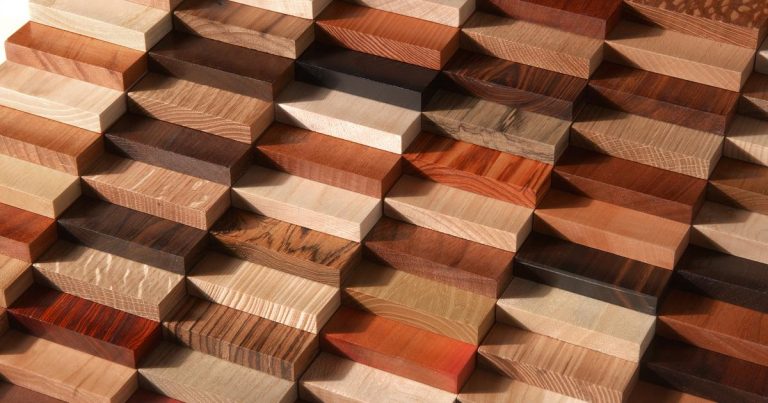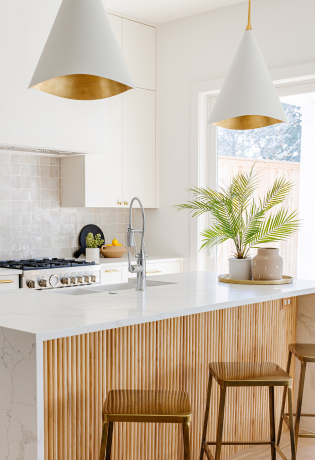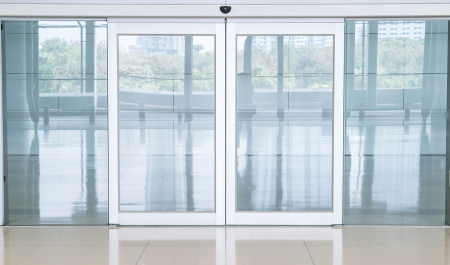What Makes Exotic Wood Species Unique?
Exotic wood species are typically sourced from regions outside of North America and Europe, offering a diverse array of colors, grain patterns, and textures. These woods often boast unique properties such as increased hardness, resistance to pests and decay, and distinctive figuring that sets them apart from more common varieties. Their rarity and scarcity add to their allure, making them highly sought after for specialty projects such as wood flooring.
Beauty Beyond Compare
One of the most compelling reasons to choose exotic wood species for flooring is their unparalleled beauty. From the rich, reddish-brown hues of Brazilian Cherry to the golden luster of Tigerwood, each species possesses its own distinct charm and character. Exotic woods often feature intricate grain patterns, swirls, knots, and figure that add depth and visual interest to any room. Whether you prefer the warm, earthy tones of Cumaru or the striking contrast of Ebony, there’s an exotic wood species to suit every aesthetic preference.
Durability and Longevity
In addition to their exceptional beauty, exotic wood species are prized for their durability and longevity. Many exotic woods, such as Teak and Ipe, are renowned for their natural resistance to moisture, rot, and insects, making them ideal choices for wood flooring in high-traffic areas and humid environments. These woods are often harder and more dent-resistant than domestic species like oak and maple, ensuring that your floors will maintain their beauty for years to come with proper care and maintenance.
Environmental Considerations
While the allure of exotic wood flooring is undeniable, it’s important to consider the environmental impact of sourcing these rare species. Many exotic woods are harvested from tropical rainforests and other sensitive ecosystems, raising concerns about deforestation, habitat destruction, and biodiversity loss. To mitigate these concerns, it’s essential to choose exotic wood species that are certified by organizations such as the Forest Stewardship Council (FSC), which promotes responsible forestry practices and sustainable management of forest resources.
Popular Exotic Wood Species for Flooring
Several exotic wood species stand out as popular choices for wood flooring due to their exceptional beauty, durability, and sustainability. Some of these include:
- Brazilian Cherry (Jatoba): Known for its rich, reddish-brown color and exceptional hardness, Brazilian Cherry is a popular choice for elegant and sophisticated interiors.
- Tigerwood: Characterized by its distinctive tiger-like stripes and golden-orange hue, Tigerwood adds warmth and drama to any space, making it a favorite among homeowners and designers alike.
- Teak: Renowned for its natural resistance to moisture, rot, and insects, Teak is a top choice for outdoor and high-moisture environments, such as bathrooms and kitchens.
- Cumaru (Brazilian Teak): With its warm, earthy tones and impressive durability, Cumaru is a versatile choice for both residential and commercial flooring applications.
- Ebony: prized for its deep, dark color and luxurious appearance, Ebony is often used as a high-end accent or feature flooring in contemporary and modern interiors.
Conclusion
Exotic wood species offer a unique and luxurious flooring experience that simply cannot be replicated with more common domestic woods. From their unparalleled beauty and durability to their sustainability and environmental impact, exotic wood flooring represents the perfect marriage of form and function. By exploring the diverse array of exotic wood species available, homeowners and designers can create truly one-of-a-kind spaces that reflect their individual style and taste.










